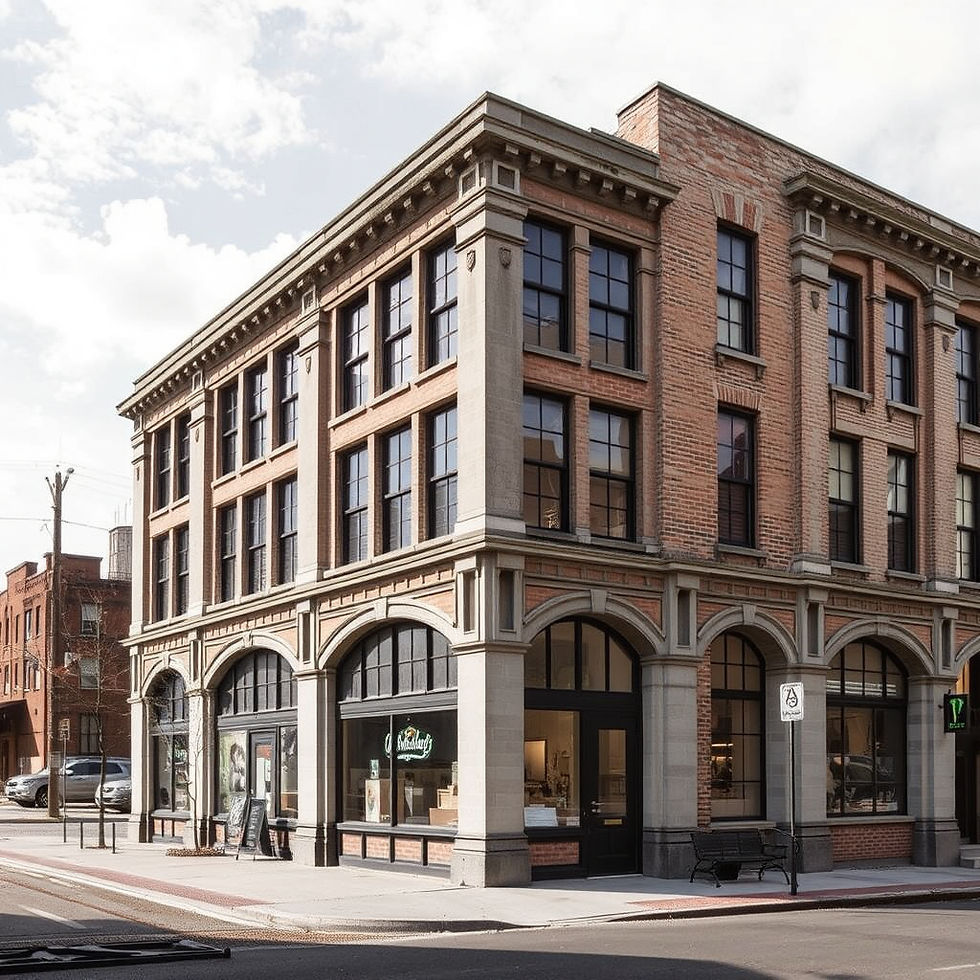Innovations in London Architecture Studios
- Phase Zero
- Oct 9
- 4 min read
London’s architectural landscape is constantly evolving, shaped by innovative studios that blend tradition with modernity. As someone deeply involved in the design and renovation sector, I have observed how these studios are pushing boundaries to create spaces that are not only visually striking but also highly functional and sustainable. This post explores the latest urban design trends emerging from London’s architecture studios, offering practical insights for businesses and homeowners seeking bespoke solutions.
Embracing Sustainability in Urban Design Trends
Sustainability has become a cornerstone of contemporary architecture. London’s studios are increasingly prioritising eco-friendly materials, energy efficiency, and designs that reduce environmental impact. This shift is not just about compliance with regulations but a genuine commitment to creating healthier urban environments.
For example, many projects now incorporate green roofs and living walls, which improve air quality and provide insulation. Passive design strategies, such as optimising natural light and ventilation, reduce reliance on artificial heating and cooling. These approaches contribute to lower energy bills and a smaller carbon footprint.
In addition, adaptive reuse of existing buildings is gaining traction. Instead of demolishing old structures, architects creatively transform them into modern spaces, preserving heritage while meeting contemporary needs. This method conserves resources and maintains the city’s character.
Actionable recommendation: When planning a renovation or new build, consider materials with low embodied carbon and explore options for integrating renewable energy sources like solar panels. Collaborate with your design team to incorporate passive design principles tailored to your site’s orientation and climate.

Green roofs contribute to sustainability and urban biodiversity
Integrating Technology and Smart Solutions
Technology is reshaping how architecture studios approach design and construction. Digital tools such as Building Information Modelling (BIM) enable precise planning and coordination, reducing errors and waste. Virtual reality (VR) and augmented reality (AR) allow clients to experience designs before construction begins, facilitating better decision-making.
Smart building systems are also becoming standard. These include automated lighting, heating, and security controls that enhance comfort and efficiency. For businesses, such systems can improve operational productivity and reduce overhead costs.
Moreover, modular construction techniques are gaining popularity. Prefabricated components manufactured off-site speed up the building process and ensure higher quality control. This method is particularly useful in dense urban areas where site access is limited.
Actionable recommendation: Engage with a London design studio that utilises advanced digital tools and smart technologies. This will help you visualise your project clearly and benefit from efficient, future-proof building solutions.

Digital modelling enhances precision and client engagement
Designing for Community and Connectivity
Urban design trends increasingly focus on creating spaces that foster community interaction and connectivity. London’s architecture studios are designing mixed-use developments that combine residential, commercial, and recreational areas. This approach encourages vibrant neighbourhoods where people can live, work, and socialise without extensive travel.
Public spaces are being reimagined to be more inclusive and accessible. Pedestrian-friendly streets, cycle paths, and green parks are integrated into projects to promote healthier lifestyles and reduce car dependency. These elements contribute to a sense of place and belonging.
In addition, flexible interiors that can adapt to changing needs are becoming more common. For example, office spaces designed with movable partitions can accommodate different team sizes and functions. Residential units with multi-purpose rooms offer versatility for families and individuals.
Actionable recommendation: When considering a project, prioritise designs that enhance connectivity and community engagement. Discuss with your architect how shared spaces and adaptable layouts can add value and improve quality of life.

Mixed-use developments promote community interaction and accessibility
The Role of Heritage in Contemporary Design
London’s rich architectural heritage presents both opportunities and challenges. Innovative studios are finding ways to honour historical contexts while introducing contemporary elements. This balance respects the past and meets modern demands.
One approach is to retain original facades or structural elements and complement them with sleek, modern interiors. This creates a dialogue between old and new, preserving cultural identity while enhancing functionality. Materials such as glass and steel are often used to contrast with traditional brick or stone.
Another trend is the sensitive restoration of landmarks with updated infrastructure to meet current standards. This includes improving insulation, accessibility, and safety without compromising aesthetic value.
Actionable recommendation: If your project involves a heritage property, work with architects experienced in conservation and modernisation. They can guide you through regulatory requirements and design solutions that celebrate history while delivering contemporary comfort.
Future Directions in London Architecture Studios
Looking ahead, London’s architecture studios are poised to continue innovating in response to urban challenges. Climate resilience will be a key focus, with designs that can withstand extreme weather and adapt to changing conditions. This includes flood-resistant structures and materials that endure pollution and wear.
Digital fabrication and robotics may further transform construction, enabling more complex and customised designs at lower costs. Additionally, community participation in the design process is expected to increase, ensuring developments meet local needs and values.
For businesses and homeowners, staying informed about these trends can help in making strategic decisions that enhance property value and sustainability.
Actionable recommendation: Keep abreast of emerging technologies and design philosophies by following industry blogs and engaging with forward-thinking architecture studios. This proactive approach will ensure your projects remain relevant and resilient.
Innovations in London’s architecture studios are shaping a future where design is sustainable, smart, and socially conscious. By embracing these urban design trends, you can create spaces that are not only beautiful but also functional and enduring. Whether renovating a historic building or developing a new property, partnering with the right professionals will simplify the process and deliver exceptional results.



